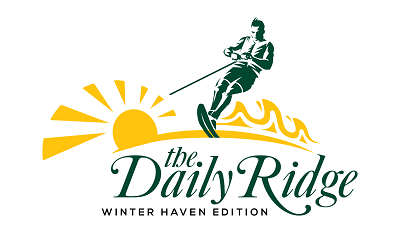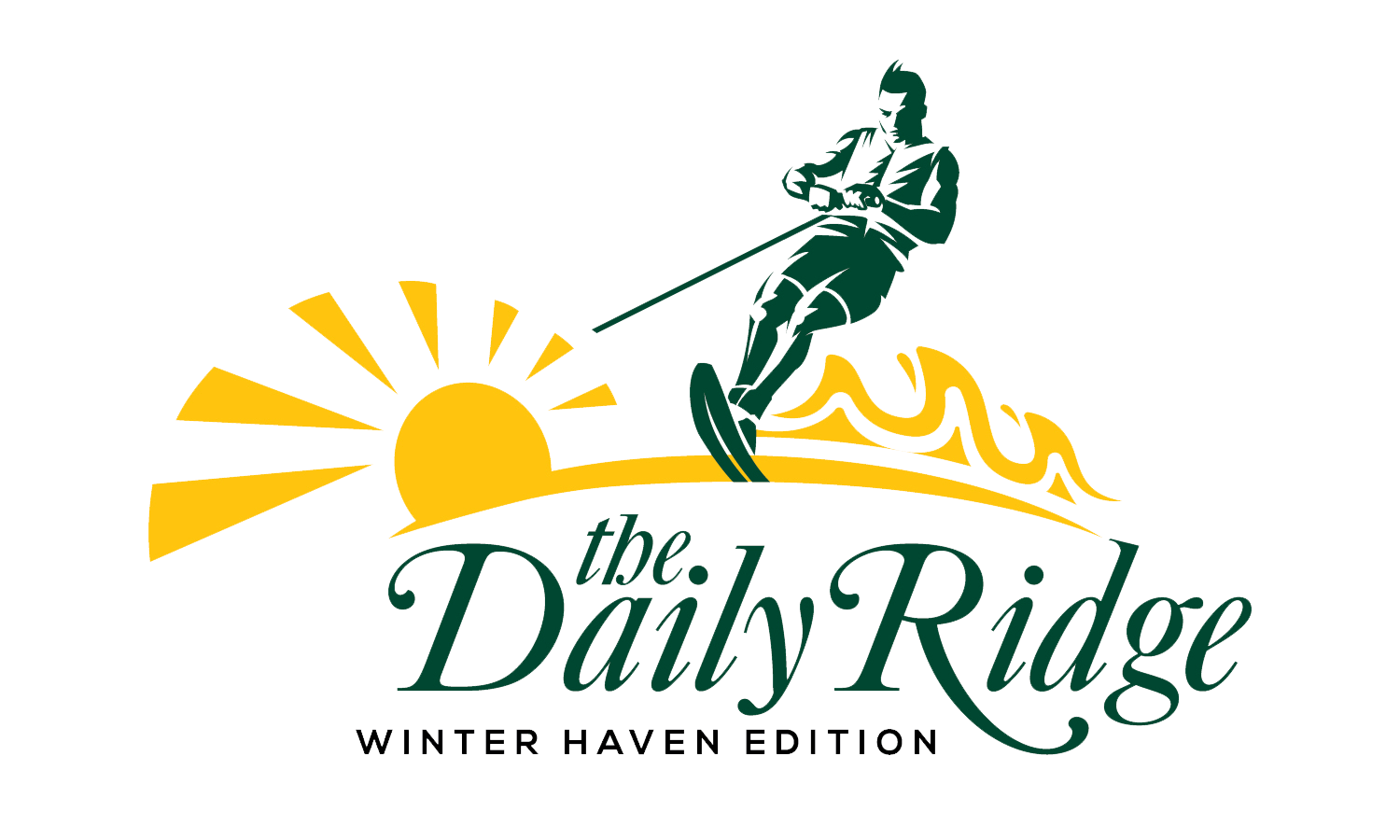Pitchers, Polka, and Pretzels: The History and Traditions of Oktoberfest
by James Coulter
Get out your finest beer stein and strap on some lederhosen. Oktoberfest is right around the corner, right here in Polk County.
But have you ever wondered how this German holiday started? Why do Germans host this celebration every October? Why do they wear lederhosen and play Oompah music? And why do they drink so much beer?
Here’s a crash course on Oktoberfest and its many traditions:
Oktoberfest’s Origins
The first Oktoberfest began on October 12, 1810, in Munich as the wedding celebration of Crown Prince Ludwig of Bavaria and Princess Therese of Saxe-Hildburghausen. The event included public feasts, music, dancing, and a horse race.
The celebration proved so “wunderbar” that it was hosted again the next year. It soon became an annual tradition that grew to include many other attractions. Oktoberfest is now one of the largest festivals in Germany that draws about six million visitors annually.

Beer
Beer has been brewed in Germany for centuries. German monasteries in the 10th century commercialized beer production with innovative techniques, and the 1516 Reinheitsgebot(German Beer Purity Law) cemented the country’s reputation for quality brewing.
While beer was a part of the original Oktoberfest celebration, large beer tents and halls backed by local breweries rose to prominence in 1896. The annual Oktoberfest celebration officially begins when Munich’s mayor taps the first barrel and cries “O’zapft is!” (“It’s tapped!”) Oktoberfest attendees consume roughly 6.9 to 7.4 million liters of beer each year.

Pretzels
The pretzel was invented by an Italian monk in 610 AD to teach and reward young children learning their prayers, as its twisted shape resembles arms crossed in prayer.
The salty treat became popular around the 12th Century in Germany, where it was adopted as a symbol by baking guildsand spread through the southern regions to become a German culinary staple.
Because their saltiness enhances the flavor of beer, they are commonly consumed with the beverage. Roughly 100,000 soft pretzels are consumed each year at Oktoberfest.
Lederhosen and Oompah
With its knee-high breeches and H-shaped suspenders, lederhosen is the traditional clothing of Oktoberfest. The outfit originated in the early 18th century as working-class workwear, but quickly became traditional clothing after the Bavarian nobility adopted it.
Lederhosen is now commonly worn by polka musicians and dancers who perform Oompah music, so named for the “oom-pah” rhythm of brass instruments like tubas. Traditional tunes include the “Beer Barrel Polka”, “Lichtensteiner Polka”, and “Ein Prosit”, which is a popular beer sing-along toast.


American Celebrations
Oktoberfest traditions arrived in America with German immigrants in the 19th century. Official celebrations were hosted in cities like Cincinnati and New Braunfels, Texas. However, the first version of the modern event began with Oktoberfest U.S.A. in La Crosse, Wisconsin, in 1960.
Today, more than 150 Oktoberfest events take place nationwide. The largest is Oktoberfest Zinzinnati in Cincinnati with over 800,000 attendees each year. Many events take place in Florida, with the biggest and longest-running celebration being Oktoberfest Miami, which draws over 15,000 visitors annually.
Polk County hosts many events in cities like Winter Haven, Lakeland, and Bartow. Here are a few upcoming events:
Oktoberfest Winter Haven
Fri. Oct. 10 @ 6pm – 9pm
Central Park Downtown, 41 5th St NW, Winter Haven, FL 33881
$10+ per person
Boktoberfest at Bok Tower Gardens
Fri. Oct. 17 @ 5pm
Bok Tower Gardens, 1151 Tower Blvd, Lake Wales, FL 33853
$10+ per person
Bartowberfest in Bartow
Fri. Oct. 17 @ 6pm – 9pm
180 S Central Ave, Bartow, FL 33830
Free
Swantoberfest at Swan Brewing
Sat. Oct. 18 – Sun. Oct. 19
12pm – 7pm
Swan Brewing, 115 W Pine St, Lakeland, FL 33815

